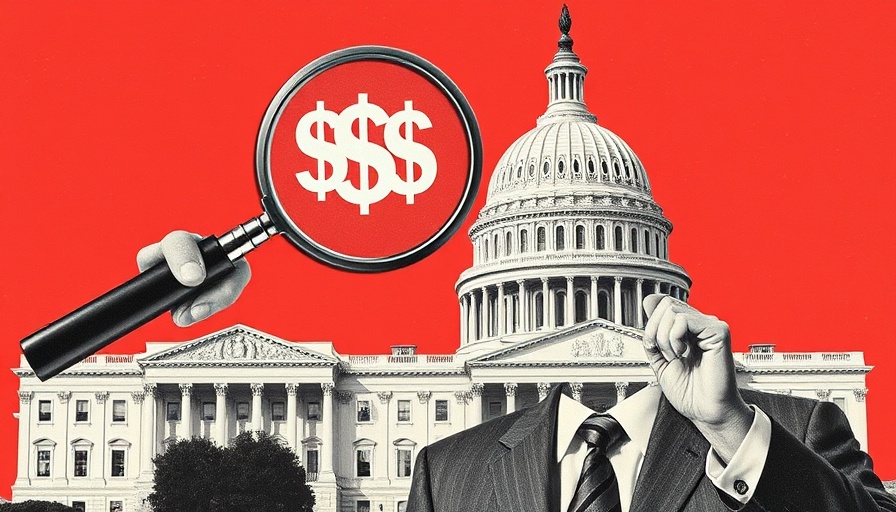
Trump's Historic Supreme Court Victory: What It Means for Federal Workforce Cuts
The recent Supreme Court ruling has granted President Donald Trump a significant victory, allowing his administration to move forward with plans to reduce federal government personnel. This decision comes as Trump embarks on his second term, with sweeping cuts targeting various federal agencies, particularly the U.S. Department of Housing and Urban Development (HUD).
Understanding the Impact on HUD Funding
By permitting these reductions, the Supreme Court has paved the way for potentially devastating cuts to HUD, which advocates argue would severely impact housing assistance programs. Trump's administration initially aimed for cuts totaling around $33 billion, targeting the funding for over 100 HUD programs. Critics warn that such actions jeopardize vital services relied upon by millions of Americans.
Legal Landscape and Challenges Facing Workforce Cuts
This ruling does not fully decide the legality of Trump’s cuts; it merely suspends a previous ruling by U.S. District Court Judge Susan Illston, who had put the workforce reductions on hold pending legal challenges. The matter has attracted significant attention from labor unions, advocacy groups, and local governments advocating for the rights of federal workers. Justice Ketanji Brown Jackson dissented, emphasizing the importance of not undermining lower court findings, highlighting a deep divide on the court regarding the implications of federal workforce reductions.
Possible Future Predictions for Workforce Management
As we observe these historic changes, it’s essential to consider how this ruling might shape workforce management across federal agencies. A reduction in workforce could lead to substantial vacancies in government jobs, impacting service delivery efficiency. Moreover, it raises questions about the morale and job security of remaining employees. Industry experts speculate that a leaner workforce could shift responsibilities and challenge the federal government’s ability to fulfill its mandates efficiently.
What This Means for Real Estate Professionals
For real estate agents, these developments resonate as they could have both short-term and long-term implications on housing policy and funding. Cuts to HUD could potentially result in reduced housing assistance for low-income families, leading to increased pressure on the housing market. Agents will need to remain actively informed about these changes to adjust strategies accordingly, ensuring they serve their clients effectively in a changing landscape.
Ultimately, the complexities surrounding the Supreme Court ruling and Trump’s funding cuts underscore the challenges facings real estate agents, housing advocates, and federal employees alike. As these changes unfold, it will be crucial for all stakeholders to stay engaged and informed.
 Add Row
Add Row  Add
Add 




Write A Comment